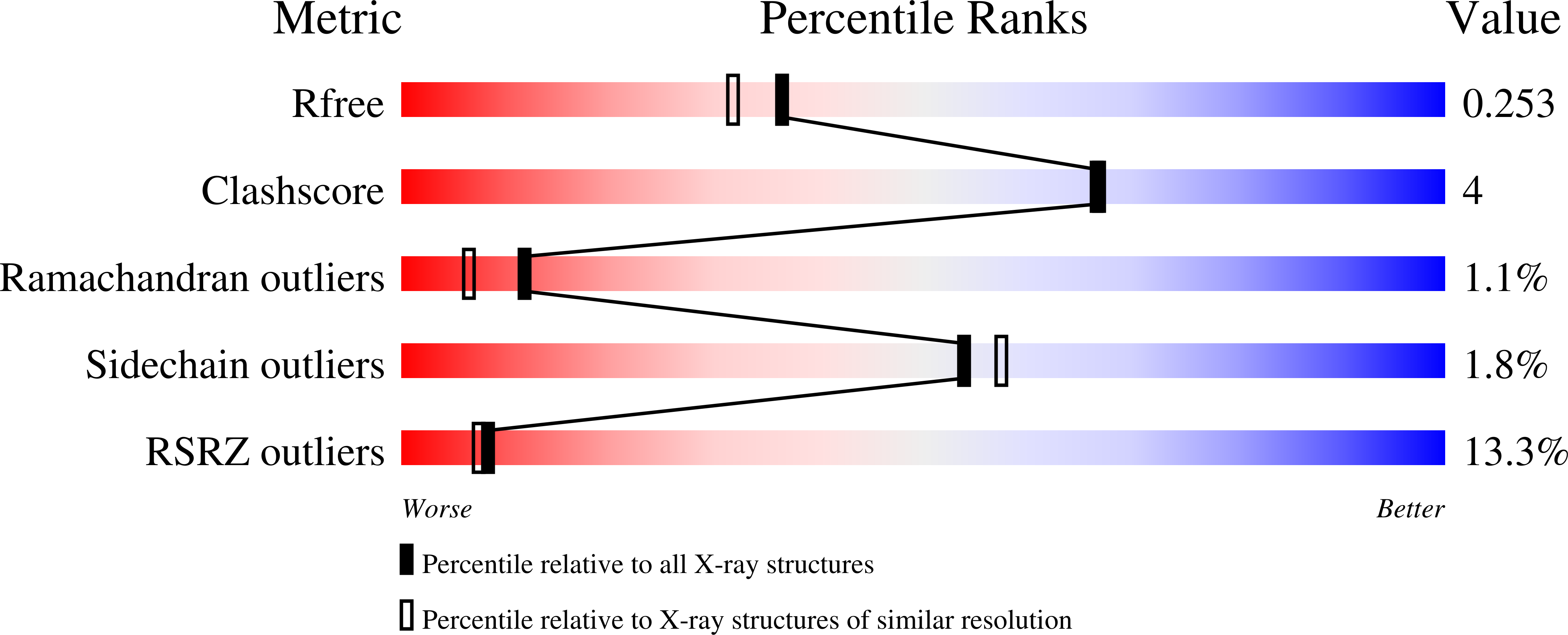
Deposition Date
2025-01-22
Release Date
2025-06-11
Last Version Date
2025-07-09
Entry Detail
PDB ID:
9I33
Keywords:
Title:
Alpha-Methylacyl-CoA racemase from Mycobacterium tuberculosis in complex with butanoyl-CoA
Biological Source:
Source Organism:
Mycobacterium tuberculosis (Taxon ID: 1773)
Host Organism:
Method Details:
Experimental Method:
Resolution:
2.02 Å
R-Value Free:
0.24
R-Value Work:
0.20
Space Group:
I 4 2 2


